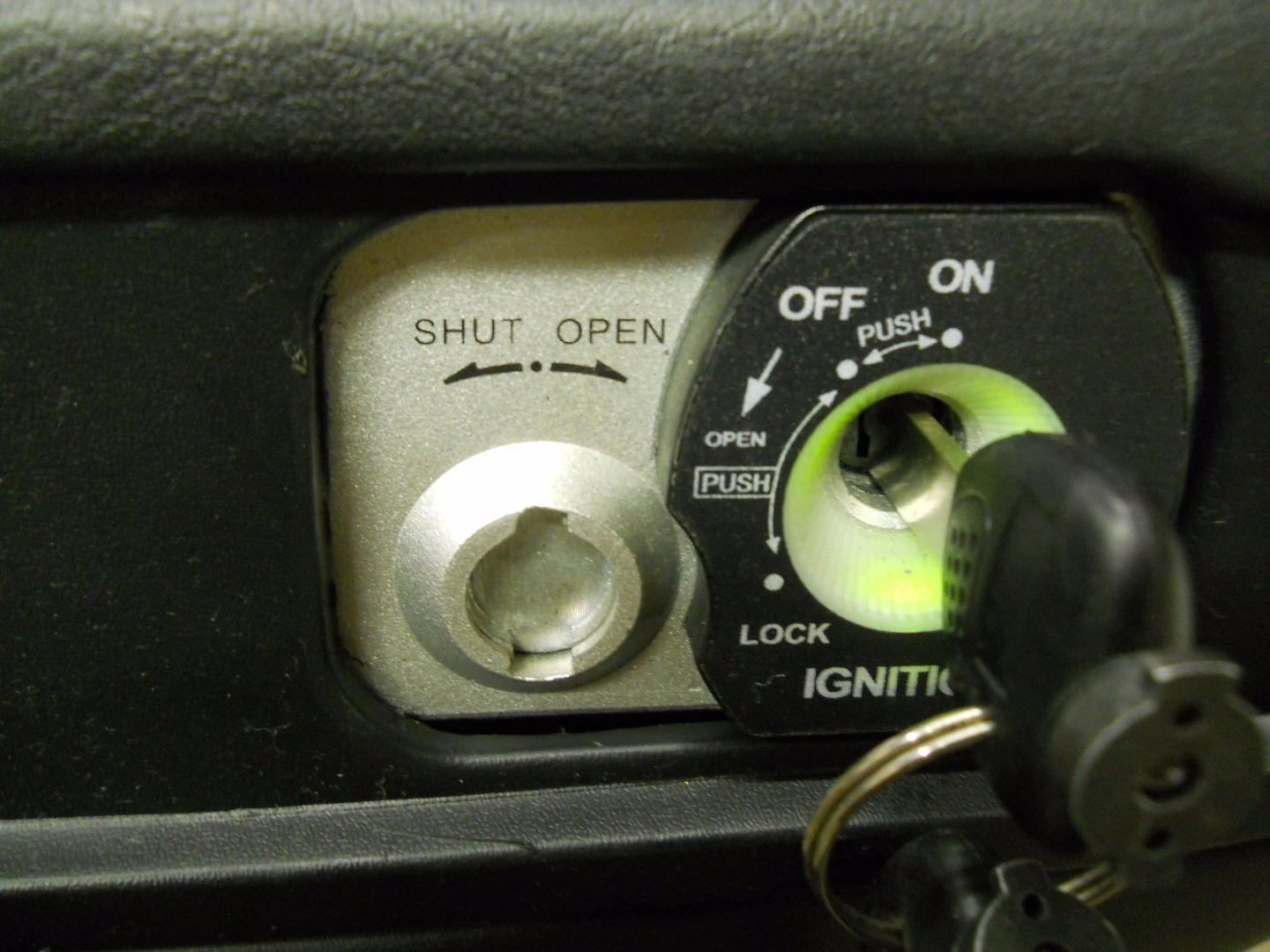West Virginian company ZEV has been quietly building high quality electric scooters for more than a decade now, including the fastest and longest range electric scoots in the world. Now, ZEV's ready to release a long range, tilting 3-wheeler based on the same platform.
A small company running out of Morgantown, West Virginia, has been quietly making high quality electric maxi-scooters for more than 10 years now that frankly put the rest of the industry to shame.
ZEV's LRC-15 remains the e-scoot distance and speed champion, banging out an impressive 185 miles (298 km) at a constant 55 miles per hour (88 km/h) on a 12.4 kilowatt-hour battery – or about a solid 50 percent more than the Zero S or SR gets out of a slightly larger battery at the same constant speed. Aerodynamics are most definitely a thing.
But then, consider BMW's C-Evolution, more or less the only "mainstream" e-scoot since the death of Vectrix, with about the same 12.5 kilowatt-hours. It's more powerful and sporty, but only claims 100 miles' worth of max range. The ZEV smashes it.
Now ZEV has released details on its newest production bike – a tilting three-wheeler that looks a lot like Piaggio's old (and outstanding) MP3.

Tilting three-wheelers, if you recall our giddy Piaggio MP3 review from ten years ago, steer and behave astonishingly similarly to a regular motorcycle, but with extreme front-end confidence and an almost unbelievable level of grip and stability regardless of road conditions or what tires you throw on. In terms of dynamics and ride experience, they're so compelling that at the time we expected the category to explode, and indeed, my thought today is that only the modern biker's sense of fashion stopped them from doing so.
ZEV isn't very creative with names – the three-wheeler will be called the LRC-T15 – as it offers a 15-kilowatt continuous output. Using the same 12.5 kWh battery pack as the LRC-15, its added weight and less aerodynamic shape bring the range down to around 125 miles (201 km). Charging takes 4.5 hours on 110 volt sockets, or 3.5 on a 220.
Like all ZEV's bikes, the LRC-T uses a hub motor in the rear wheel, that's oil cooled and lubricated to eliminate overheating and rust, and extend motor life. In order to help deal with that extra unsprung weight, the swingarms are extra-long to improve the suspension's effectiveness. As an electric, it's simple enough to incorporate a reverse gear, so there's one of those, which will help move this 516-pound (234 kg) maxi around.

The company wanted to make this a super accessible bike for riders of all sizes, so it has an extremely low seat, as well as plenty of leg room for the taller among us. Thinking of disabled riders, there are no foot controls. Everything's on the bars, including a thumb control to lock the tilt, which lets you stop the bike without putting your feet down. Mind you, there's no automatic unlock for this system, you've got to release it yourself once you're moving.
With no motor in the chassis, there's plenty of luggage space under the seat, and a centerstand as well as a side stand for extra practicality. Should a battery cell fail, each can be removed individually – they're not wrapped up in a sealed unit like most of the competition. So you won't be riding these things underwater like you might with a Zero bike.

At US$13,990, it's not cheap, but there's a shorter range option available: the LRC-T6, for just under US$10K, with about 60 percent the battery and range. That'll do the vast majority of riders for the daily commute. Both are wildly cheaper than the BMW C-Evolution's estimated price of well over US$20,000.
These look like quality, well-built machines from a small company that puts its resources into engineering rather than marketing. They deserve to do well.
Product page: ZEV LRC-T15

















